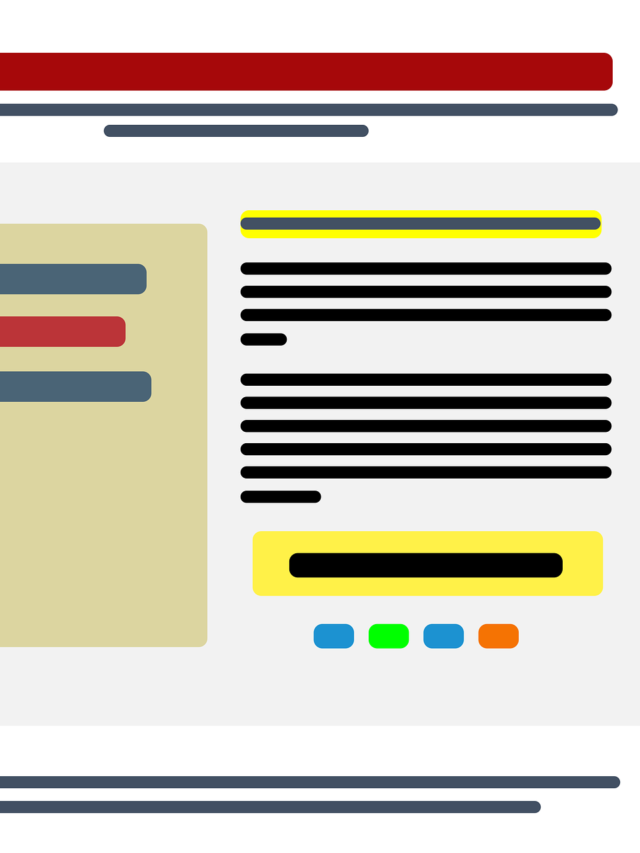How Do I Access Bing Search Console?

Bing Search Console, also known as Bing Webmaster Tools, is a powerful platform offered by Microsoft’s Bing search engine that allows website owners and webmasters to monitor, analyze, and optimize their websites for Bing’s search results. Just like Google Search Console, Bing Webmaster Tools provides valuable insights into how your website is performing in Bing’s search engine and offers various tools to enhance your site’s visibility and rankings. In this guide, we will walk you through the process of accessing Bing Search Console and getting started with the optimization of your website.
1. Create a Microsoft Account: To access Bing Search Console, you need a Microsoft account. If you already have one, you can skip this step. If not, visit the Microsoft account sign-up page (account.microsoft.com) and follow the instructions to create a new account. Ensure you use an email address that you can easily access as Microsoft will send important notifications and updates to this address.
2. Sign in to Bing Webmaster Tools: Once you have your Microsoft account ready, go to the Bing Webmaster Tools homepage (www.bing.com/webmasters) and click on the “Sign In” button. Enter your Microsoft account credentials to log in.
3. Add and Verify Your Website: After signing in, you will need to add and verify your website in Bing Webmaster Tools. Click on the “Add a Site” button and enter your website’s URL in the provided field. Click “Add” to proceed. Next, Bing will ask you to verify ownership of the website. There are several verification methods available, such as adding a meta tag to your website’s homepage, uploading an XML file to your server, or using your domain’s DNS settings to verify ownership. Choose the method that suits you best and follow the instructions provided by Bing to complete the verification process.
4. Submit a Sitemap: Once your website is verified, it’s time to submit a sitemap to Bing Webmaster Tools. A sitemap is a file that lists all the pages on your website and helps search engines understand the structure of your site. If you haven’t already created a sitemap, there are various online tools available to generate one. Once you have the sitemap file, go to the “Sitemaps” section in Bing Webmaster Tools and submit the URL of your sitemap.
5. Explore Bing Webmaster Tools Dashboard: After adding and verifying your website, you’ll be taken to the Bing Webmaster Tools dashboard. Here, you’ll find an overview of your website’s performance on Bing, including the number of pages indexed, clicks from search, and incoming links. Take some time to explore the different sections of the dashboard to familiarize yourself with the available data and tools.
Key Features and Tools of Bing Webmaster Tools:
1. Search Performance Insights:
The “Search Performance” section provides valuable data on how your website is performing in Bing’s search results. You can view the number of clicks, impressions, click-through rate (CTR), and average position for your website’s pages. Use this data to identify which pages are performing well and which ones need improvement.
2. Keywords Research:
Bing Webmaster Tools offers a “Keywords” section that shows the top search queries that are driving traffic to your website. This information can help you understand what keywords and phrases are relevant to your audience, allowing you to optimize your content and target specific search terms.
3. Backlinks Analysis:
The “Inbound Links” section provides insights into the websites that are linking to your pages. Backlinks are an essential factor in SEO, and knowing where your links are coming from can help you assess your site’s authority and identify potential areas for link building.
4. Crawl Control:
With Bing Webmaster Tools, you can control how Bing crawls and indexes your website. The “Crawl Control” feature allows you to set crawl rates to ensure Bingbot doesn’t overload your server and prioritizes crawling essential pages.
5. Disavow Links:
If you believe there are harmful or spammy backlinks pointing to your website, you can use the “Disavow Links” tool to tell Bing not to consider those links when evaluating your site’s ranking. This can help protect your site from being penalized due to low-quality backlinks.
6. Submit URLs:
If you’ve made significant updates to your website and want Bing to crawl and index the changes quickly, you can use the “Submit URLs” tool to request immediate indexing for specific pages.
Key Takeaways
Accessing Bing Webmaster Tools is a crucial step in optimizing your website for Bing’s search engine. By creating a Microsoft account, verifying your website, and utilizing the various tools and features offered by Bing Webmaster Tools, you can gain valuable insights into your site’s performance and take proactive measures to improve its visibility and rankings on Bing’s search results pages. Regularly monitoring and optimizing your website with Bing Webmaster Tools will contribute to better overall performance and increased organic traffic from Bing. Start today, and make the most out of Bing’s powerful webmaster tools!







